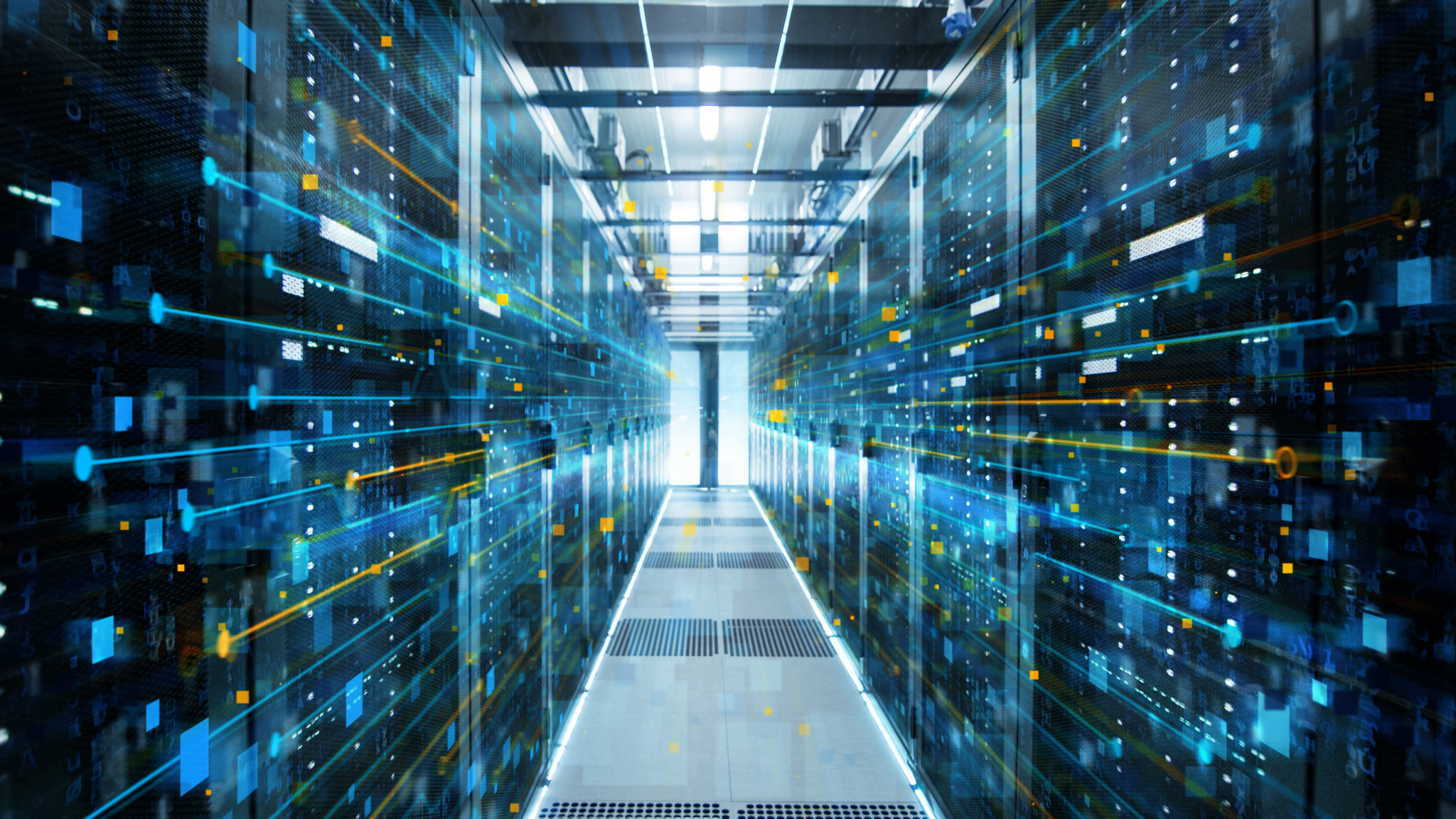Data analytics and deep learning applied to health, work and Industry 4.0
"How" and "why" neural networks (so-called "Deep Neural Networks", DNNs) draw certain conclusions and "from what" they generate their knowledge is difficult to understand from the outside. And yet it is precisely this knowledge that forms the basis for important strategic decisions in business processes, in medical diagnostics and therapy (e.g. in the field of pain recognition), but also for the acceptance of such machine learning methods in everyday life (intelligent work tools).
Our researchers are proficient in classical methods of "machine learning" and image analysis as well as in the nowadays often superior methods of "deep learning" and have many years of experience in the development of applications for computer-assisted diagnosis support. This includes the control of microscopes and scanners, automatic analysis up to comprehensible and understandable visualization for the user.
